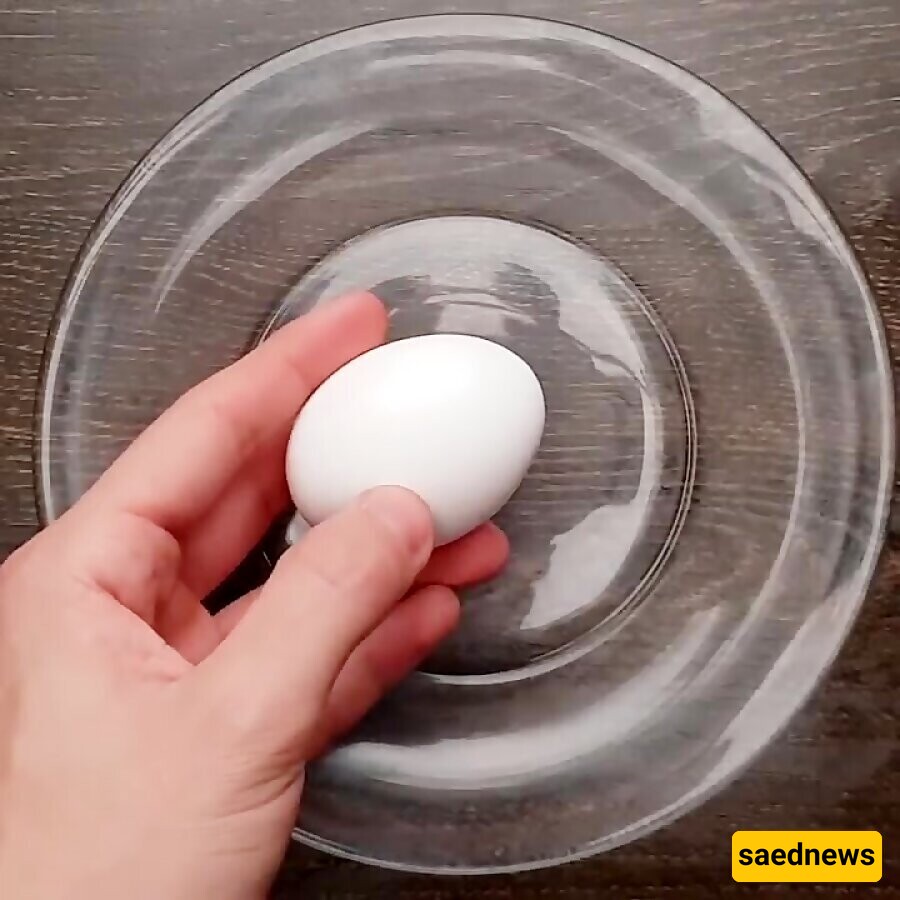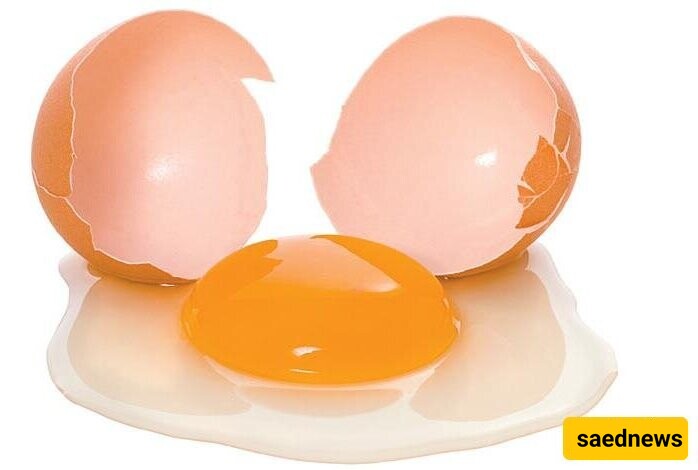In this article from Saeed News, we will introduce you to signs of egg spoilage and methods to identify a rotten egg. We hope this information will be useful to you.

Eggs are a nutritious food with many health benefits. Identifying a spoiled egg can be challenging, but by using these methods, you can determine if an egg is bad.
Place the egg in a bowl of cold water.
The water level should be at least twice the height of the egg.
Observe how the egg behaves in the water:
A fresh egg sinks completely and lies flat on the bottom.
A one-week-old egg also sinks but may have a slightly raised end.
A three-week-old egg stands upright on its small end while the broader end tilts upward.
An egg that floats to the surface is spoiled and should not be eaten.
Hold the egg close to your ear.
Gently shake it.
Listen carefully:
No sound? The egg is likely fresh.
A sloshing sound? The egg is bad and should not be eaten.

Crack the egg onto a flat plate.
Observe the yolk and egg white:
A fresh egg has a firm, rounded yolk that sits high, and the egg white stays close around the yolk.
A slightly older egg has a less firm yolk, but it is still edible.
A spoiled egg has a flat, runny yolk, and the egg white spreads out like water.

Smelling the egg is one of the most reliable ways to detect spoilage.
A spoiled egg has a strong, unpleasant sulfur smell.
Sometimes, this smell is detectable through the shell. If not, it will become obvious when the egg is cracked open.
The color of the eggshell (white or brown) depends on the chicken breed and does not affect its nutritional value.
A double-yolk egg is not an indication of better quality; it is simply a genetic trait.
Farm-fresh eggs may be contaminated with chicken waste, increasing the risk of bacterial infection. In contrast, commercial eggs are collected in clean conditions immediately after being laid.
Some vendors deliberately smear eggs with dirt to make them appear "local" or "organic," but this is an unhygienic and unethical practice.
If you find a broken egg in a carton, do not wash it. Instead, transfer its contents to a clean container and consume it within two days.
If an egg has dirt on the shell, clean it gently with a rough cloth instead of washing it.
Avoid buying loose eggs packed in colored cardboard trays since they are often made from recycled, non-hygienic materials.
By following these simple tests and hygiene tips, you can ensure the eggs you consume are fresh and safe to eat.

